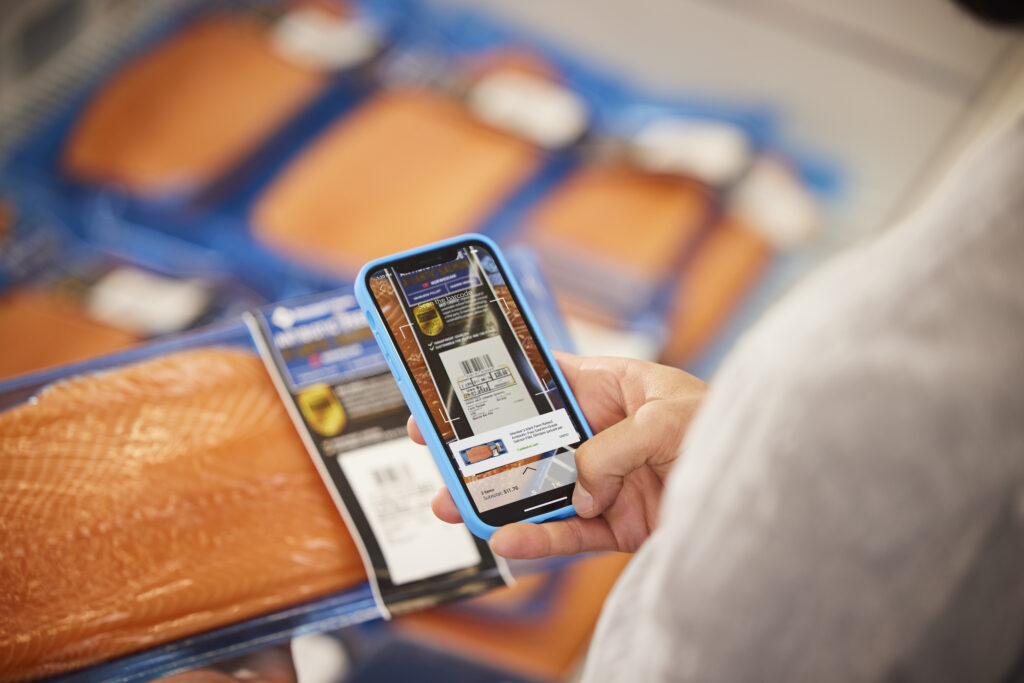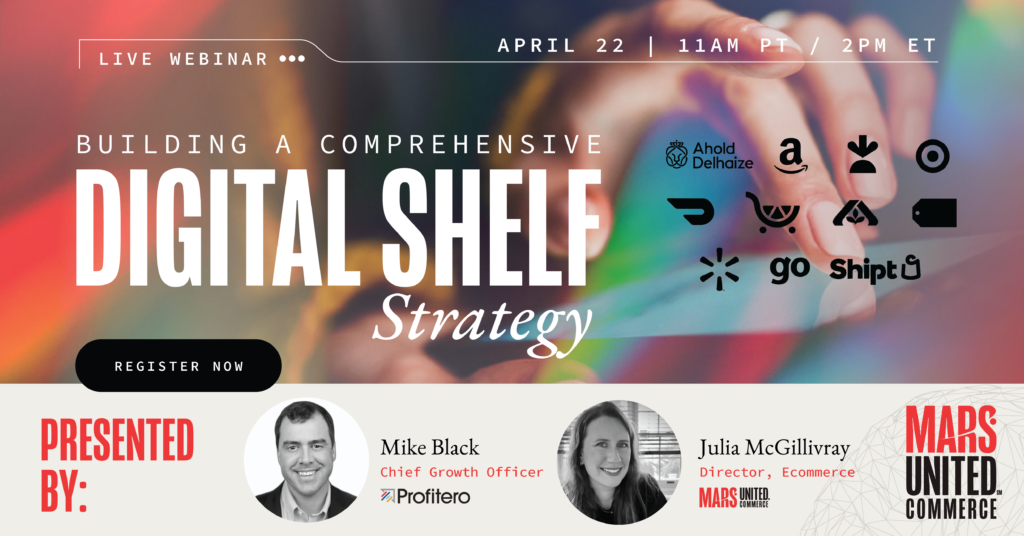Mars United’s digital shelf experts summarize the key learnings that brands can immediately incorporate to prepare for the future of ecommerce.
More than 800 ecommerce practitioners convened in New Orleans last week to attend the Digital Shelf Summit, the annual education and networking conference hosted by digital product experience leader Salsify and The Digital Shelf Institute. The Mars United digital shelf team attended the three-day event in mass to soak up the learning provided by peers and subject matter experts from all areas of the ecommerce ecosystem.

The first two days of the Digital Shelf Summit were dedicated to the host company, with attendees joining training sessions to earn Salsify Academy credit for certification and senior leaders sharing industry trends and product innovation updates. Not surprisingly, artificial intelligence will fuel much of that innovation in the near and long term.
There was plenty of energy during the event’s third day (even after a night of celebration and vendor-sponsored happy hours). Keynote speakers quickly established the importance of ecommerce to the future of CPG retail, then moved deftly into the complexities of building an organization that can navigate future success.
Just how important is ecommerce? An analysis conducted by digital commerce research specialist Stratably found that online sales accounted for 100% of all growth across 30 top CPGs in 2024, making up for declines in brick & mortar — and will do so again in 2025, founder and CEO Russ Dieringer explained during his keynote.
Here are the key takeaways collected by our team and the recommended actions brands can take to address them in the short term:
Julia McGillivray, Ecommerce Director
Takeaway: Shoppers experience brands and products across multiple channels, but the internal structures of CPGs often make it challenging to deliver a seamless, consistent omnichannel experience from national media to in-store activation to the product detail page.
Brand Actions:
- Look for opportunities to test-run a cross-functional program like a new item launch, new campaign, or seasonal update with an ecommerce-first mindset.
- Gather learnings along the way to understand who the key stakeholders are, what obstacles the project encounters, and what data is available to evaluate success. Think through the consumer journey to ensure that landing pages are aligned with the media campaign and ready to drive conversion. Compile learnings to formulate a playbook for subsequent programs.
James Scarsella, Creative Director
Takeaway: Consistency is key. Everything online — from brand.com to retailer PDPs — feeds AI-generated outputs. Brand-owned websites and even user-generated content are becoming increasingly important to ecommerce selling. A clear, consistent message at every touchpoint is a must.
Brand Actions:
- Start with a digital shelf audit. Review your brand’s website, social media and all PDP content to ensure a consistent look and message across all platforms. Because shoppers have different needs depending on the trip, consider prioritizing different claims or features for each retailer while keeping true to brand style guidelines and overall reasons to believe.
- Make updates as needed to ensure your brand story is clear and current, considering both evergreen and seasonal content.

Lindsey Simcik, Ecommerce Director
Takeaway: More information please! Amazon already has Rufus, and Sparky is coming soon to Walmart. But AI is only as good as the data it learns from. Secondary brand content will be needed to teach large language models. Retailers are going to want brands to provide this content to make sure their tools are serving up the best solutions for shopper needs.
Brand Actions:
- Educate your organization about AI developments in ecommerce and the need for secondary content. Gain alignment and then start auditing and updating brand books, shopper positioning, and additional marketing materials to feed these new tools.
- AI tools will read your images and reviews, so go through the exercise of researching shopper questions, comments and search behavior to ensure that your content addresses purchase barriers and other issues. That way, your products will be better positioned for the broader rollout of AI functionality.

Courtney Racz, Ecommerce Manager
Takeaway: Customer reviews and testimonials are a great way to create content that connects with shoppers on a level that compels them to add to cart and even fosters brand loyalty.
Brand Actions:
- Conduct an audit to compare the number of reviews your products have with other items in the category and products that commonly show up alongside yours in search results. Use those as a benchmark and ensure you have the right number of recent reviews — within the last six months — on a rolling basis.
- Brands often have tens of thousands of great reviews across different products and retailers. Consider incorporating these into carousel images, enhanced content, and brand shops/pages/stores.
- Ensure that ratings & reviews are a key element of your new item launch strategy. Mars United colleague Profitero stressed the importance of getting to 50 reviews in the first two months after launch.
Emily Baynard, Vice President, Ecommerce
Takeaway: Gen Alpha (born 2010 to 2024) might be your youngest set of shoppers — as any parent of one can tell you. They likely have their own shopping accounts (or access to their parents’) and can stealthily add items to cart from social media or other shopping platforms.
Brand Actions:
- If Gen Alpha is a consumer of your products, consider how your ecommerce strategy and content can reach them as a separate audience — because they have very different behaviors and interests. In addition to incorporating ratings & reviews and user generated content into your PDPs, consider carrying through pop culture trends as well.
- If TikTok is an approved marketing platform, make it known to retailers that you’re poised and ready for a test when they’re looking for partners.




